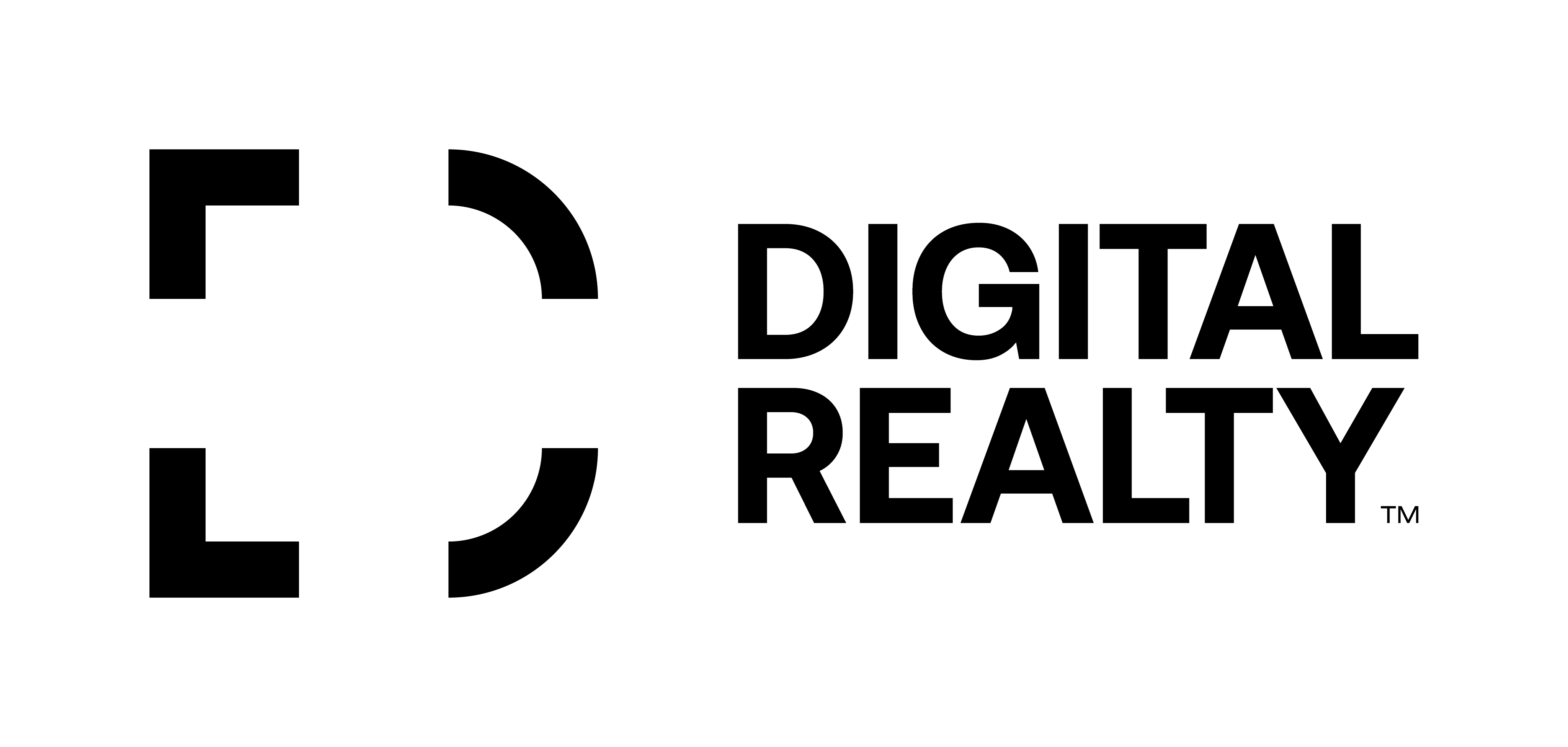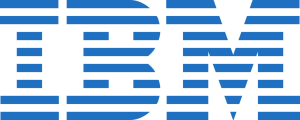Why Startups Are Choosing Bare Metal in 2025: Performance, Cost, and Control
In 2025, the startup landscape is more competitive than ever. Founders are racing to deploy AI-powered tools, launch immersive gaming experiences, process real-time analytics, and build resilient platforms that can handle millions of users globally. But underneath all this innovation lies a foundational decision that can make or break their scaling strategy: infrastructure.Public cloud platforms have long been the default option, offering speed and scalability. Yet, a growing number of startups are reevaluating that choice. With performance, cost control, and data governance at the forefront of today’s needs, bare metal servers—dedicated physical machines without virtualization—are gaining favor.This blog explores the rise of bare metal in the startup ecosystem, its advantages, use cases, and why it's positioned as a cornerstone of modern, high-growth infrastructure strategy.What Is Bare Metal?Bare metal refers to physical servers dedicated entirely to a single user or application, without a hypervisor or virtualization layer. It’s the opposite of shared, virtualized environments found in public cloud ecosystems.Key Characteristics of Bare Metal Servers:Direct Access to Hardware:Full control over CPU, RAM, GPU, NVMe storage, and networking resources.Zero Hypervisor Overhead:No performance tax from virtualization layers.Predictable Performance:Elimination of “noisy neighbor” issues common in shared environments.Transparent Billing:Flat-rate or usage-based billing without hidden costs.Modern bare metal solutions offer much more than just raw hardware. They’ve evolved to include:REST APIs and CLI tools for infrastructure automation.Integrations with Terraform, Ansible, Kubernetes, and CI/CD platforms.Data center presence in major cloud regions globally.On-demand provisioning with hourly or monthly billing.Why Startups Are Choosing Bare Metal in 20251.Performance for AI, ML, Gaming, and Emerging TechThe rise of AI and GPU-intensive workloads has reshaped infrastructure requirements. Startups in AI, gaming, crypto, AR/VR, and video streaming need uncompromised performance and low-latency access to powerful GPUs and fast storage.Bare Metal Advantages:Full-Stack GPU Access:No virtualization penalty when training LLMs or running inferencing pipelines.High-Speed Storage:NVMe SSDs deliver massive IOPS for AI model checkpointing and video encoding.Optimized Networking:Some providers offer direct RDMA or 25–100 Gbps NICs for high-throughput clusters.Startups like generative AI builders or game server hosts are finding that bare metal enables them to deliver smoother user experiences and faster time-to-insight—especially when milliseconds count.2.Cost Control and Predictable BillingCloud bills are notoriously difficult to predict. Network egress, API calls, storage operations, and auto-scaling quirks can turn a small MVP deployment into a $30,000/month surprise.Bare Metal Cost Benefits:Flat Monthly or Hourly Pricing:Clear pricing with no surprises.No Charges for IOPS or Network Egress:Unlike cloud, you aren’t charged per disk operation or gigabyte transferred.Lower TCO for Steady Workloads:For always-on compute needs, bare metal can be 50–70% cheaper over 12–24 months compared to AWS, Azure, or Google Cloud.In a capital-conscious world, VCs are urging startups to control infrastructure spending early. Bare metal’s predictability gives CFOs and CTOs clarity and confidence.3.Transparency and Regulatory ComplianceStartups operating in regulated industries—fintech, medtech, legal tech, and government—face strict rules around data storage, auditability, and system access.Bare Metal Helps with:Data Residency Assurance:Your data sits on a physical server in a known location, not across dynamic multi-tenant clouds.Audit-Ready Isolation:SOC 2, HIPAA, and GDPR compliance is easier when environments are isolated and controlled.Custom Security Posture:Full OS and firmware control lets you implement custom encryption, firewalls, and intrusion detection.For startups applying for government contracts or entering the financial services sector, bare metal offers peace of mind and simpler compliance paths.4.Startup Velocity with DevOps CompatibilityLegacy bare metal conjures images of racking servers and submitting tickets. But in 2025, that perception is outdated.Modern Bare Metal Offers:Infrastructure-as-Code Integrations:Deploy with Terraform or Ansible.Cloud-Native Tooling:Use Prometheus, Grafana, Kubernetes, and GitHub Actions natively.Self-Service Portals:Provision a server in 10–15 minutes with a cloud-like UI.Bare metal no longer means slow or rigid. Today’s platforms support fast iteration, high availability, and even multi-cloud connectivity.Ideal Bare Metal Use Cases for StartupsReplacing the original chart with a detailed breakdown, here’s where bare metal shines for early-stage companies:AI/ML TrainingStartups training generative models, recommendation engines, or computer vision systems benefit from:Dedicated NVIDIA A100/H100 GPUs.No interference from other workloads.Faster convergence and lower model training costs.Gaming ServersFor multiplayer or real-time games, performance is everything:Consistent low-latency experiences for players.High bandwidth for asset delivery.Location-specific deployment (e.g., NA, EU, APAC regions).Blockchain and Crypto NodesBare metal ensures:Consistent block validation and transaction throughput.High disk IOPS and secure key management.Reduced risk of fork issues due to VM latency.Video Streaming and EncodingStartups delivering live content or transcoding videos at scale gain:Custom CDN builds with edge-optimized configs.Dedicated storage pipelines for high-volume throughput.Better bitrate control and QoS.Dev/Test EnvironmentsPredictability matters when benchmarking:Consistent machine specs for reproducible test results.Dedicated environments for load testing and QA.Reduced flakiness compared to spot instances or shared cloud labs.Top Bare Metal Providers Startups Are Using in 2025In 2025, startups are choosing performance-optimized, agile bare metal providers that offer global reach, transparent billing, and deep hardware control—key factors in scaling high-growth tech products.1. ZenlayerZenlayer specializes in edge cloud and bare metal services across emerging and high-growth markets. Startups building real-time, latency-sensitive apps in Asia-Pacific, LATAM, or Africa benefit from:Bare metal access in 180+ edge locations worldwideHigh-throughput networking ideal for AI, gaming, and streamingFlexible, on-demand deployment with robust APIs2. HivelocityHivelocity provides automated bare metal across 40+ global locations with strong DevOps compatibility. It’s an excellent option for startups looking for reliable performance, CI/CD integration, and multi-region availability. Features include:Full REST API and Terraform compatibilityGPU-powered instances for ML and rendering workloadsNear-instant provisioning with consistent hardware specs3. EnzuEnzu delivers dedicated infrastructure through its TruCloud® platform, optimized for startups that need predictable pricing, regulatory compliance, and fast scaling. Key offerings include:Flat-rate bare metal billing modelsCustom configurations for fintech, SaaS, and analyticsBuilt-in support for HIPAA, PCI-DSS, and SOC 2 requirements4. EvocativeEvocative offers enterprise-grade bare metal solutions with an emphasis on security, privacy, and compliance. With data centers across North America, it’s a trusted choice for startups working in finance, healthcare, or government tech. Benefits include:Isolated environments and dedicated hardwareSSAE 18, ISO 27001, and SOC 2 certified facilitiesOptional managed services for lean DevOps teamsMarketplaces Like Datacenters.comFor startups that want to compare and deploy across multiple providers, marketplaces offer huge advantages:Instant Comparisons:Analyze cost vs. performance metrics across vendors.Quick Deployment:Launch in under 15 minutes with minimal DevOps involvement.Multi-Region Scalability:Spin up servers globally for latency optimization.Datacenters.com and similar platforms are streamlining infrastructure acquisition—making enterprise-grade hardware accessible to even seed-stage teams.Risks and ConsiderationsBare metal is powerful but not perfect. Startups should assess these trade-offs carefully:Considerations:Provisioning Time:While faster than ever, it’s still slower than deploying a container or Lambda function.Scaling:Lacks the autoscaling elasticity of serverless or cloud-native workloads.Management Overhead:May require in-house DevOps expertise or a managed services partner.Common Workarounds:Hybrid Architectures:Run core services on bare metal, and use cloud for burst capacity.Automation Tools:Use Ansible/Terraform to ease provisioning and configuration.Monitoring and Alerting:Leverage open-source tools like Grafana, Prometheus, and Netdata.Bare Metal Is Back—And Built for StartupsIn 2025, bare metal isn’t a relic—it’s a revival. For today’s startups, especially those operating in compute-heavy or latency-sensitive sectors, bare metal delivers where the cloud sometimes falls short.💡 Bare Metal Offers Startups:Better Performance Per Dollar:Especially for AI, gaming, and blockchain.Clear Data Control:With easier compliance and audit trails.DevOps-Ready Tooling:Without sacrificing control or visibility.Faster, Smarter Decisions:Enabled by modern marketplaces like Datacenters.com.Bare metal is no longer just for enterprises or traditional hosting—it’s now a vital tool in the startup toolkit. As infrastructure gets more accessible, transparent, and scalable, bare metal is helping founders launch bolder, faster, and more efficiently than ever.
























